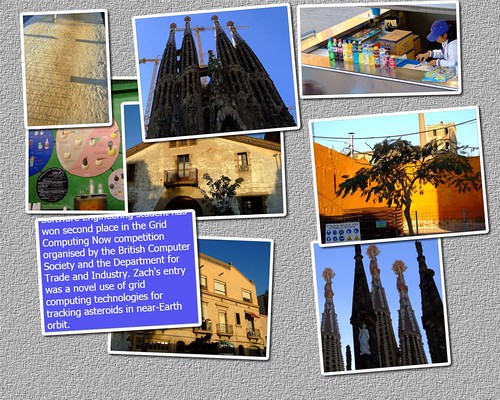Welcome to the homepage for the Magic Message System. This is a Windows Vista/.NET 3.0 program which displays your Flickr pictures and also reads an RSS feed to display messages.
Hope you like it. Hope it works......
Installing the Program 1.0
To install the program just install the MSI file that you have downloaded from here . If you are not running Windows Vista you will also need to install the .NET Framework version 3.0 from here.
Using the Program
Network
If there is no network present when you open the program it will terminate immediately with an error.
Running the program
When the program starts up it will display the main control panel and then, if it has been set to quick start it will immediately begin the display process.
To leave the message display and return to the control panel you press the escape key.
The Control Panel
The control panel is how you configure the program. You can select the Flickr username you are going to use as an image source, along with a Flickr tag that you can use to select images from within that username. Beware, if you only have a very few pictures to pick from you may find the program doesn't behave very well.
You can select the RSS feed from which the program reads the text it displays. This must be vaguely valid. Dodgy feeds will not crash the program, but they won't display very well either. The program updates from the feed every now and then, and I think it is independent of any caching on the host (but I may be wrong there)
You can set how many rows and columns of pictures that are displayed. Change this according to taste. The pictures are placed and sized slightly randomly to make the display more interesting.
If you check the HTML Display box the program will convert HTML in the RSS posts into XAML before displaying. This will preserve some formatting. Set this according to the whim of your feed producer.
The News Item Frequency checkbox lets you set how the frequency of the RSS news items. If you set it to four the programwill show a news item after four pictures, and so on.
Finally the Quick Start checkbox lets you select whether the program goes into display mode immediately on startup. If this is checked you can use the program for unaccompanied startup.
To exit the program press the Exit button to stop the program.
And that's it.
